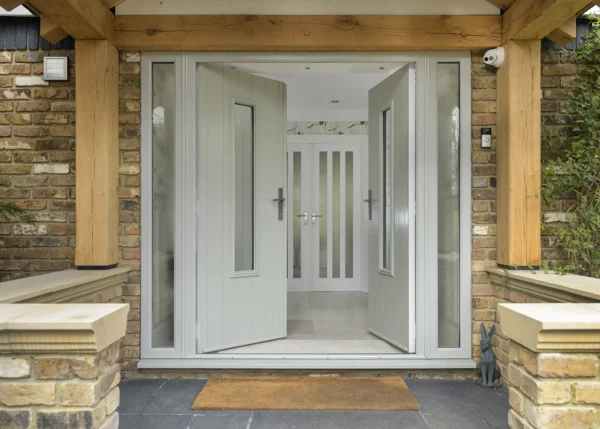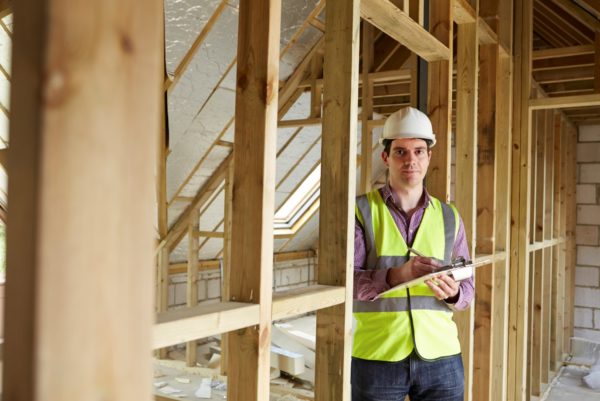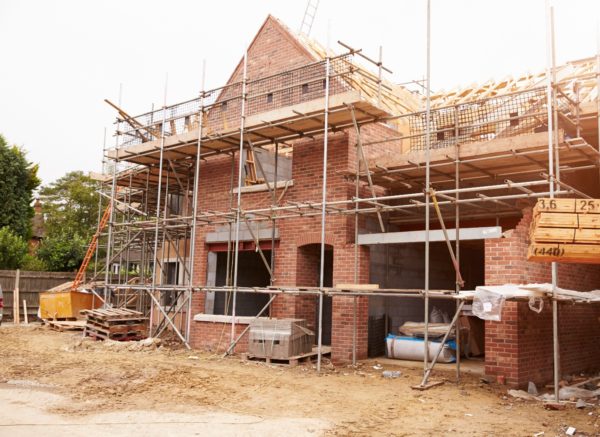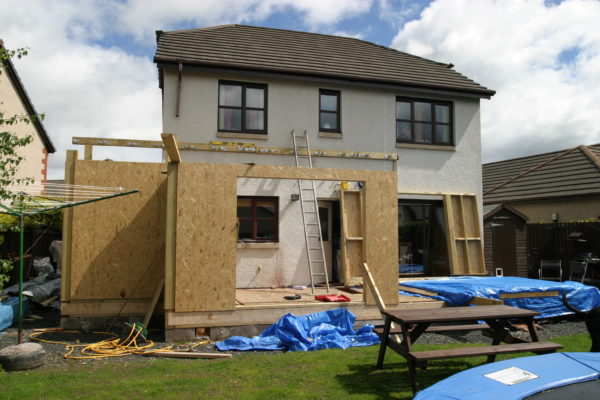Waterproof Envelope Snagging & How to Avoid Water Ingress Problems
Ask any warranty provider about the biggest area of claims with a new build house and the answer will be the same: the majority are due to penetrating damp through roofs and walls.
Frustratingly for self builders, these problems are eminently avoidable, as they’re usually caused by poor workmanship rather than actual failure of the components or materials.
Waterproof envelope snagging is, unfortunately, very rarely carried out.
If my experience of working with self builders and contractors has taught me one thing, it’s that it’s important to implement a robust, proactive regime, from the start of a project right through to completion. Here’s a closer look at the key areas to consider.
Rising damp & foundations
Instances of rising damp are rare these days, but it’s important to pay attention at the foundation stages to prevent problems.
A common issue is a lack of site investigation works. Normally this would provide a good insight into prevailing ground conditions. If it’s not done, you could end up with incorrect foundation depths, which will require design changes to rectify matters and incur substantial additional costs.
The positioning and installation of the damp proof course (DPC) is another major factor when it comes to rising damp. Some of the most frequent problems are:
- Incorrect use and cutting of the DPC, such as trimming it too short, cutting into awkward corners or trying to make good with offcuts.
- Poor lapping of the damp proof membrane (DPM) to the DPC.
- Use of low-level cavity trays.
- The DPC being fitted below the finished ground floor level.
- Access ramps bridging the DPC, allowing moisture to cross over.
Water penetration in cavity walls
The main external walls of your new home need to be designed and built to withstand water penetration; but it’s amazing how often mistakes are made. Issues that quite often need addressing include:
- Bridging of the cavity with mortar snots (lumps of cement).
- Insufficient cavity width.
- Poorly installed insulation (or use of the wrong material).
- Incorrectly positioned, missing or wrongly installed wall ties.
- Mistakes in the fixing of sundries such as cavity closures, movement joints, cavity trays and lintels.
- Changes in the characteristics and colour of the facing bricks.
There’s more to consider, too. While it may sound obvious, windows must be correctly installed, for instance. They need to be the right way up and facing in the right direction, which isn’t always the case! They should be properly sealed with good quality mastic, too, including under the cills.
Render is another common weak point. Go for a proven system and make sure to use skilled tradespeople, as well as follow the manufacturer’s instructions. Where necessary, in particular on south-facing elevations, expansion joints should be included to allow for expansion and contraction due to thermal movement.
If your property is in a highly exposed area, then consider using concrete blocks to achieve a good key for the render.
Water penetration through roofs
A change in British Standards has helped reduce the number of issues with roofing in recent years, but it remains the biggest problem area for waterproofing a house shell. Common defects include:
Inaccurate setting out of slates and tiles. The installation must allow for movement and the correct overlap into guttering.
- Using the wrong fixing for the roof finish.
- Incorrect mortar strength. In some cases the same mix is used on the ridge as on the gable ends; and then the mortar just drops out, leaving gaping holes.
- Problems with the installation of stepped cavity trays, lead flashings, chimneys and rooflight flashing kits.
- Lack of bracing and restraint of timber roof trusses.
- Incorrect positioning of insulation, which will lead to issues with cold bridging and condensation.
- Wrongly fitted pitched roof underfelt.
- Incorrect positioning of guttering.
- Poorly designed flat roof build-up, causing interstitial condensation.
- Mistakes in the finishing and waterproof makeup of flat roofs, including drainage outfalls, parapet construction and more.
Avoiding problems with water ingress
The best way to control the risk of these common defects appearing is to be aware of the main flashpoints.
You should also use competent contractors, properly trained trades and capable project managers (PMs) who will take the care and attention to ensure the quality of work is up to scratch.
At the end of the day, nobody wants to have to deal with claims or suffer the inconvenience of rectifying problems part-way through a build.
Andy Butchers is a building surveyor with over 25 years’ experience in the construction industry. He regularly shares his knowledge to help self-builders and renovators avoid and overcome issues on their projects. He is a director of Build-Zone Survey Services, the technical company for Build-Zone and Self-Build Zone.






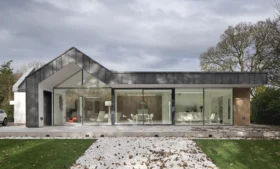











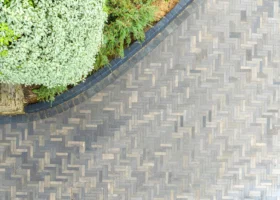










































































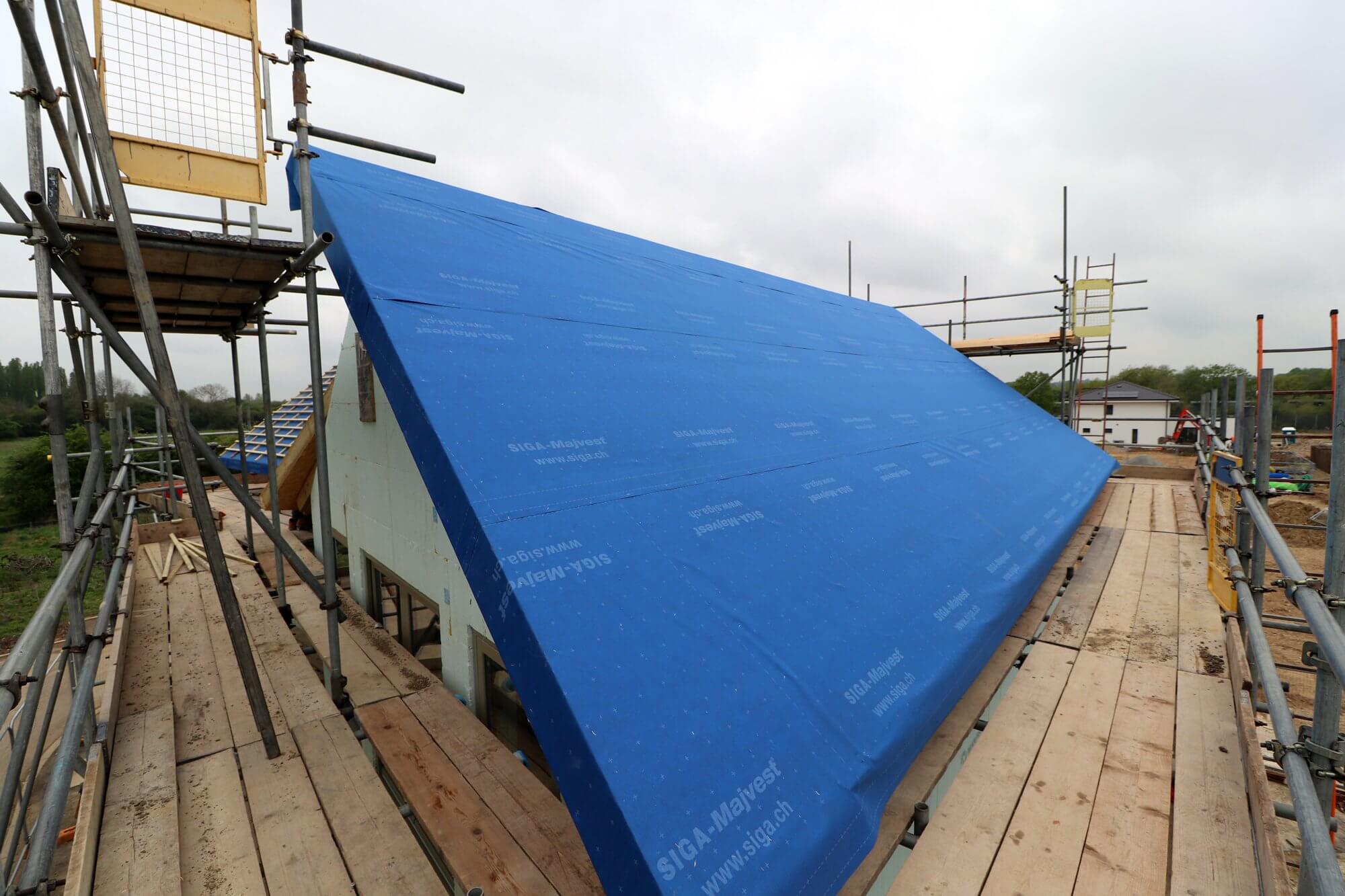
 Login/register to save Article for later
Login/register to save Article for later



